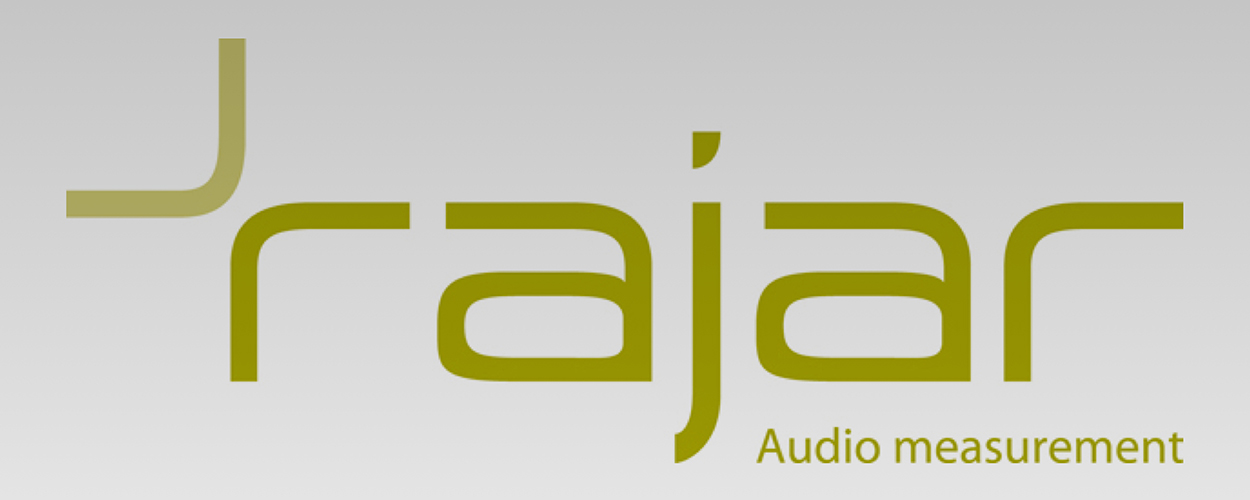This website uses cookies so that we can provide you with the best user experience possible. Cookie information is stored in your browser and performs functions such as recognising you when you return to our website and helping our team to understand which sections of the website you find most interesting and useful.
Business News Media
RAJARS! Everyone’s getting a hearty breakfast, and digital is eating everything
By Andy Malt | Published on Thursday 16 May 2019

It’s RAJAR Day! Did you bake a cake? The latest quarterly radio listening stats for the UK are out and it’s all anyone is talking about. And rightly so. Radio and stats on are each very nice when consumed on their own, but together things get ZESTY. OK, have I whipped up enough excitement now? I think I’ve made you wait long enough. Here are five big old stats that burst out of the RAJAR’s this very morning!
1. Will Chris Evans be able to attract his audience from Radio 2 over to digital-only station Virgin Radio? That’s what everyone was asking after he jumped the BBC ship in December. Well, some of them followed him. Only a little over 10%. But that’s still a million people tuning in every week. 1.05 million, in fact. “Seven times what [the Virgin breakfast show had] in the last quarter”, beams Scott Taunton, CEO of Virgin Radio operator Wireless. “This is the first milestone in our ambition to become the UK’s leading commercial digital station and we are all delighted”.
2. What does this mean for Zoe Ball, who took over from Evans on Radio 2, though? He left the station with just over nine million listeners tuning in to his show. 9.06 million, in fact. If a million have gone, where does that leave her? Well, according to RAJAR, she kicks off her tenure with 9.05 million weekly listeners. What does this mean? Probably something. At least that Radio 2 still has the UK’s most popular breakfast show.
3. As well as trumpeting that Ball has held listening figures stable over at Radio 2, the BBC is celebrating two other breakfast show boosts – 6 Music and 1Xtra are both enjoying record listening figures. Lauren Laverne’s new 6 Music breakfast show scored 1.28 million weekly listeners, while Dotty on 1Xtra brought in 441,000. “The refreshed line up on Radio 2 and 6 Music breakfast shows has proved hugely popular with audiences and it’s brilliant to see some record listener numbers too”, says BBC Radio director James Purnell.
4. Enough with the positivity now. At the start of this year, Bauer rebranded a whole load of its local stations as Greatest Hits Radio, aiming to draw in listeners aged 40-59. The first set of RAJARs show that all of them have dropped a significant number of listeners after the switch – as much as 60% on the previous quarter. A blip while that older demographic finds the revamped stations perhaps? Or just proof it was all a terrible mistake?
5. Radio though. What even is that? Well, increasingly, it’s something we all access digitally, rather than through the boring old analogue airwaves. Digital listening scored a 56.4% share in the first three months of this year – up from 50.9% in the same quarter of 2018. DAB makes up the bulk of that, with a 40.4% share of overall listening and 71.6% of digital listening. Turning in online and via apps now makes up 11% of all listening and 19.5% of digital listening, and is growing at a faster rate than DAB. Digital listening in the car grew by 24%, while in the home it was up 26% (the latter likely a boost caused by loads of new smart speakers being switched on after Christmas).
Earlier this week, Digital Minister Margot James announced yet another digital radio review looking into the future of digital listening in a waffley speech where she basically said nothing. The review is expected to be completed by summer next year, unless we have a government change or two (or three) by then and it’s all forgotten about. A new licensing structure for small-scale DAB broadcasters is also expected to be presented to parliament next month.





